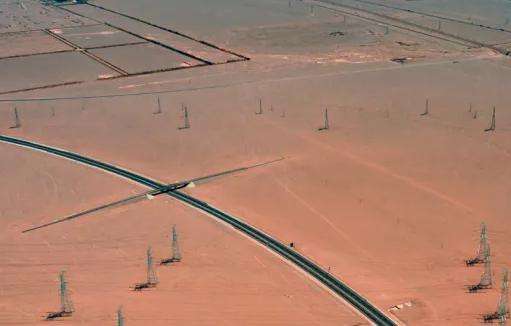Light energy is converted into electrical energy.
Solar cells, also known as "solar chips" or "photovoltaic cells", are optoelectronic semiconductor sheets that use sunlight to directly generate electricity. As long as it is illuminated by light that meets certain lighting conditions, it can instantly produce voltage and generate current if there is a loop. In physics, it is called solar photovoltaic (photovoltaic, abbreviated PV), or photovoltaic for short.
Solar cells are devices that directly convert light energy into electrical energy by the photoelectric effect or photochemical effect. Crystalline silicon solar cells that work with the photoelectric effect are the most widespread, while thin-film cells that work with the photochemical effect are still in their infancy.ts.
Detailed information:
1. Working principle
The Sunlight shines on the p-n junction of the semiconductor to form new hole-electron pairs. Under the action of the integrated electric field of the p-n junction, the photo-generated holes move towards the p region and the photo-generated electrons. circulate towards region n. Once the circuit is activated, a current is generated. This is how photovoltaic solar cells work.
2. Basic Characteristics
(1) Polarity of Solar Cells
Silicon solar cells are generally made of P+/N type or N+/P type structure. the structure, P+ and N+, represents the conductivity type of the semiconductor material of the lighting layer on the front of the solar cell; N and P, represent the conductivity type of the semiconductor material of the rear substrate of the solar cell; The pThe electrical properties of solar cells are related to the properties of the semiconductor materials used to make the cells.
(2) Solar cell performance parameters
Solar cell performance parameters include open circuit voltage, short circuit current, maximum output power, fill factor, conversion efficiency, etc. These parameters are a measure of the performance of solar cells.
(3) Voltage-ampere characteristics of solar cells
P-N junction solar cells include a shallow P-N junction formed on the surface, a band-shaped front ohmic contact and finger-shaped, and a Backside ohmic contact covering the entire rear surface and an anti-reflective layer on the front side.
Baidu-Solar Cell Encyclopedia














